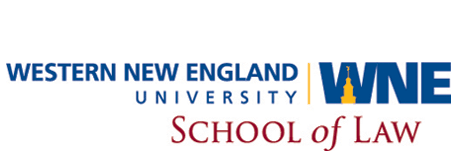Document Type
Article
Publication Date
2011
Abstract
This Article examines Rule 801(d)’s oxymoronic treatment of admissions and prior statements as “not hearsay.” This “not hearsay” label is inaccurate – the evidence is hearsay, as defined in Rule 801(c) – and is inconsistent with the analytically important and well-established use of the term not hearsay to describe evidence that is actually not hearsay.
The Article tells the story of how the drafters of the Federal Rules of Evidence ended up with such a confused and confusing label and proposes an amendment that would classify admissions and prior statements as hearsay exceptions and place each in a new, separate, appropriately labeled category. The oxymoronic treatment has its roots in a longstanding debate between Wigmore and Morgan over the proper classification of admissions. The three codes that preceded the Federal Rules of Evidence -- the Model Code, the Uniform Rules and the California Evidence Code – resolved that debate in favor of the Morgan view that admissions should be treated as a hearsay exception. However, Reporter Edward Cleary rejected Morgan’s view and came up with his own idiosyncratic and unfortunately oxymoronic formulation, which was uncritically accepted by the Advisory Committee and then adopted by Congress and 37 of the 44 states that have adopted the Federal Rules of Evidence.
Because admissions and prior statements are hearsay evidence, they should be classified as hearsay exceptions. However, because they are distinctively different than the other hearsay exceptions, they should not be placed in either the Rule 803 or Rule 804 categories but in their own distinct categories. Drawing on the examples of several state evidence codes that rejected the FRE Rule 801(d) classification, the Article develops a more appropriate alternative treatment for admissions and prior statements and presents the case for amending Rule 801(d).
Recommended Citation
5 Fed. Cts. L. Rev. 1 (2011)
